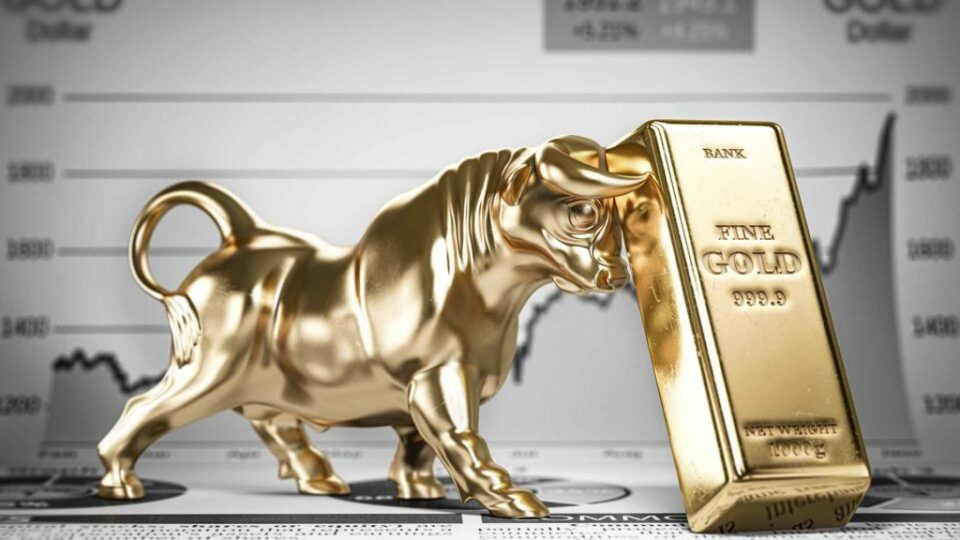Typically, rising yields are bad for gold. Not this year. Rising yields represent an increasing risk of a public debt crisis, for which gold may be the only remedy.
This week, consumer inflation came in at 3.5%, notably higher than last month’s 3.2% rate. Inflationary pressures mean higher interest rates for longer. As expected, bond yields rose on the news.
Typically, rising bond yields coincide with falling gold prices. But not this time.
Both gold and silver have skyrocketed in the face of rising interest rates. Gold has achieved a 15.05% return YTD, while silver is approaching 20%.
But why?
The inability to lower interest rates puts the Federal Reserve in an impossible situation.
Rate hikes have drastically increased the cost to borrow money. Close to 20% of U.S. tax revenues are now being funneled into interest payments on our $34.6 trillion government debt.
Interest expenses now exceed our entire defense budget.
The Fed has no choice but to start cutting rates for the sake of the government’s balance sheet. The longer inflation prevents us from cutting rates, the more our interest expenses will climb as the government rolls over more and more bonds to cover its extreme deficit spending.
Gold serves as a hedge against monetary policy mistakes. Whatever downward pressure gold faces from rising yields is outweighed by the strain they place on the government’s financial stability.
To summarize: tighter monetary policy is usually bad for gold. In this environment, it is fantastic for gold.
Stock Valuations vs. Gold
Are market participants realizing what a difficult position central banks have printed themselves into? If so, stock prices certainly are not saying so.
Stock valuations have only reached comparable levels twice in U.S. market history: the week ending December 31, 2021 (the post-Covid peak) and the week ended August 26, 1929 (the peak of the roaring ’20s, just prior to the Great Depression). The top 10% of stocks in the S&P 500 now account for a remarkable 75% of the index’s total market cap.
Because of this, gold remains surprisingly undervalued compared to the stock market.
The chart below shows the gold/S&P 500 ratio over the last 100 years. A low value indicates the relative undervaluation of gold, whereas a high value indicates the relative overvaluation of gold.
If gold does experience a correction in the short term, buying the weakness will be rewarded in the long run.
We should emphasize that silver is the asset to buy right now. Silver remains 43% below its all-time high, indicating much greater growth potential than gold (and especially stocks). When it finally decides to return to its former glory, the bull market will be explosive.











